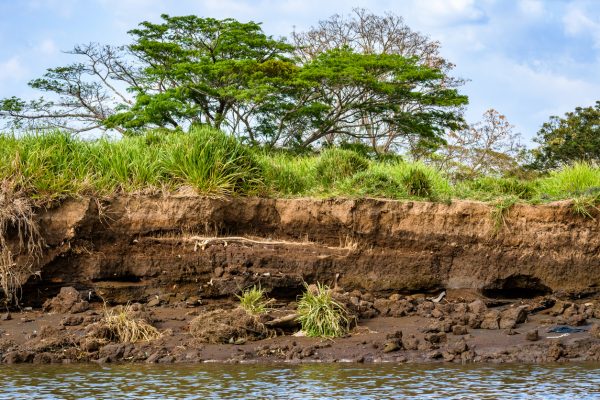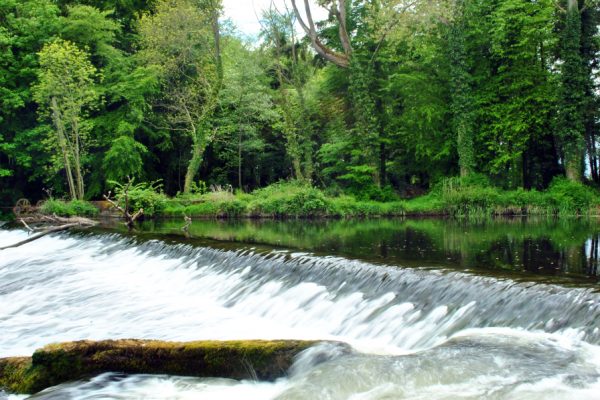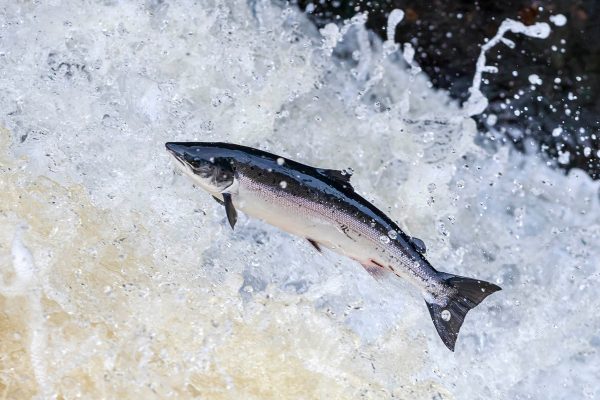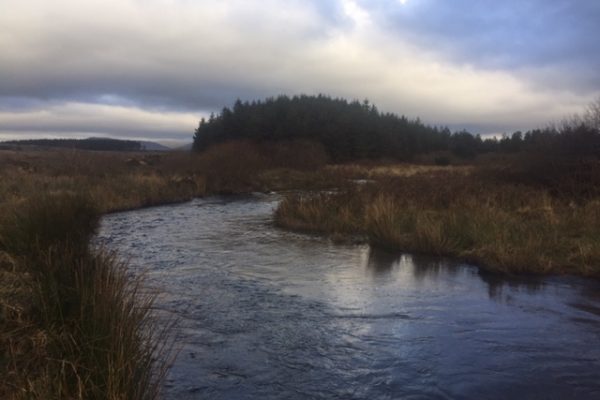




Latest Posts
-
Salmon Farming:Complaint to the Commission of the European Communities about the Government of Ireland’s failure to comply with Community law.
Posted on July 3, 2020Continue readingSubject of Complaint: Fisheries (Amendment) Act 1997, Ireland, hereafter referred to as the ‘Act’. Salmon Watch Ireland has launched a Complaint to the Commission of European Communities. This complaint focuses on Sections of the Fisheries Act 1997 which permits the continuation of salmon farm licences which have expired. This is certainly a situation whereby the […]
-
Request for Atlantic salmon conservation initiatives in month of September
Posted on August 18, 2023Continue readingSalmon Watch Ireland is asking the angling community to help preserve Atlantic salmon stocks by returning all salmon during the month of September. The background to this request is that the Atlantic salmon has faced a devastating downward spiral over the last number of decades but the past number of years have demonstrated an […]
-
AGM Remarks by Chair John Murphy
Posted on July 3, 2023Continue readingRemarks by John Murphy, chair of the board of Salmon Watch Ireland CLG, to the company’s annual general meeting on Monday 19th June 2023. Welcome to Salmon Watch Ireland’s AGM for 2022 being conducted by Zoom. This meeting is primarily held to conform with our obligations under the Companies Act. 2022 was a year […]
-
High Court Case – Judicial Review
Posted on May 13, 2023Continue readingThe High Court Judicial Review Case involving Salmon Watch Ireland in regard to the granting of a licence by the Aquaculture Licence Appeal Board has finished. The case was conducted over four weeks and involved Salmon Watch along with Inland Fisheries Ireland and Sweetman and others including FISSTA against the Aquaculture Licence Appeals Board and […]
Atlantic salmon and sea trout: A resource declining
Salmon Watch Ireland - Ireland's Atlantic Salmon Resource
Salmon Watch Ireland has highlighted, since it's inception in 2004, the alarming decline of Atlantic salmon and sea trout in Ireland. Ireland's Atlantic Salmon resource is rapidly declining from the historic adult runs of up to 2 million fish in the 1970's to less than 250 thousand fish now reaching our shores.We are dedicated to the conservation of Atlantic salmon and Sea trout in Ireland and will endeavor to shape government policy to protect this iconic species.
Saving the Irish Salmon
A policy statement adopted by the Board of Salmon Watch Ireland for consultation with the wild salmon community
The role of Salmon Watch Ireland (SWIRL)
Stand up for the salmon and its conservation. The recreational, economic and social values of the salmon are undoubted but they can only be realised if the species continues to exist;
Alert the public as a whole, and not just those with a direct interest, to the plight of the salmon and the measures than will be needed to reverse its decline. From what follows in this document it will be clear that considerable political clout will be needed to accomplish at least some of the measures needed to rescue our salmon stocks (such as in relation to open cage salmon farming) and that will involve greater public understanding of the issues.
Campaign relentlessly with the Government and its agencies for specific measures outlined in this document and for a ‘whole of government’ approach to saving the salmon. Inland Fisheries Ireland is primary among the agencies concerned but they also include IFI’s ‘parent’ the Department of Communications, Climate Action and Environment together with Marine Institute, the National Parks and Wildlife Service, the Environmental Protection Agency, the Department of Agriculture, Food and the Marine and local authorities.
Subject to resources becoming available to SWIRL to provide a service to anglers, fishery owners and managers and community organisations to enable them establish bodies like river trusts to take on the planning, implementation and management of conservation measures at local level.
Cooperating with other like-minded NGOs at home and abroad. Working towards a common approach to conserve salmonid stocks through protection of habitats and ecosystems.
It is no exaggeration to suggest that, in the lifetime of people living today, Ireland’s wild Atlantic salmon could become a curiosity confined, at best, to a small number of rivers if current trends continue. It is clear that greatly increased mortality at sea combined with climate change is the single most important factor in the decline of salmon stocks. In addition, particularly man-made threats such as salmon farming and river barriers are major problems to be addressed.
In the face of these facts SWIRL proposes that the rational management approach is to re-double efforts to address factors impacting on productivity to ensure that ….salmon rivers….produce the maximum number of healthy wild salmon smolts.
In pursuit of that objective SWIRL has the following demands and proposals:
- SWIRL demands a cross-government recognition of the need to include salmon habitat enhancement in its measures to adapt our rivers for climate change.
- SWIRL demands a concerted programme for the removal of all redundant river barriers within the next ten years and the optimisation of migratory fish passage on all other major barriers.
- SWIRL supports the elimination of all commercial net fisheries, with appropriate compensation of those affected, and the reduction of exploitation by all other means.
- SWIRL contends that open net salmon farming is unsustainable, needs to be phased out as a matter of urgency and replaced with closed containment systems. No further licences for open net farms should be issued and during the phase out period strict, hard law rules on the environmental impact of the farms should be enforced. A new aquaculture authority responsible for setting standards, licencing, regulation and enforcement needs to be established independent of the Department of Agriculture, Food and the Marine.
- SWIRL is opposed to the indiscriminate restocking of salmon rivers but recognises that in limited, strictly controlled circumstances, restocking may have a role to play in maintaining a stock for recreational purposes in certain rivers.
- SWIRL urges the government to give priority to and accelerate the bringing up to date of fisheries legislation to enable the more effective use of the protection resources of IFI.
- SWIRL believes that IFI does not have, and will not have, the level of resources necessary for the adequate ‘protection, management and conservation’ of our salmon stocks and that it must, therefore, implement a genuinely collaborative approach to working with stakeholders in the salmon community.
- SWIRL advocates the bringing under the aegis of one government department all those activities which impinge on environmental protection and the maintenance of biodiversity.
- SWIRL supports engagement with the North Atlantic Salmon Conservation Organisation.
Background – Salmon stocks are close to crisis point
It is not an exaggeration to suggest that, in the lifetime of people living today, Ireland’s wild Atlantic salmon could become a curiosity confined, at best, to a small number of rivers. The species may not become totally extinct (although it could) but there may not be sufficient stock for either commercial or recreational exploitation. A species that has huge Irish heritage and folklore significance and which, in the past, has had major social, economic and recreational value could to all intents and purposes be lost. There is an obligation on all of use to do our utmost to prevent that happening in the interests of our own and of future generations. It will not be an easy task.
The Atlantic salmon is under severe threat throughout its’ geographic range on both sides of the North Atlantic. The rate of decline differs from country to country but virtually without exception the trend line has been severely downwards for the past forty years.

Freshwater migration barriers require innovative and lasting solutions. Salmon need access to all areas of catchments which have been limited by man made obstacles.
In the case of Ireland, the number of adult salmon both single- and multi-sea winter fish, returning to the coast (the ‘pre-fishery abundance’ or PFA) is estimated to have collapsed from some 2 million in the late 1970s to about 250,000 in recent years. Catches of salmon are now at an all time low at about 22,000 by all methods (comprising about 7,000 by commercial nets and 15,000 by angling). Of Ireland’s 144 salmon river systems only 27 (19%) are classified as being ‘not at risk’ or at ‘low risk’ of reaching their Conservation Limits. The Atlantic salmon is categorised as ‘Vulnerable’ in the most recent Red Book assessment.
Ireland is not unique: In the Southern area of the North East Atlantic (comprising Ireland, the UK, France, and the Southern part of Iceland) one sea winter fish (grilse) have declined by 66% since 1970 and multi-sea winter fish (‘springers’) by 81%.
A disturbing aspect of the decline is that the removal of mixed stock drift netting for salmon at sea in 2007 seems to have made precious little difference to stocks. In the last year of drift netting in 2006 the reported catch in that fishery was 70,000 and, after making a modest adjustment for the extensive illegal catch in this fishery, probably at least of the order of 100,000 fish. Notwithstanding the ‘saving’ of this very large number of salmon neither the commercial estuary nets nor the angling effort have exceeded their pre-2007 catch levels in any year since then. Where have all the salmon gone?

Catastrophic decline of Grilse (ISW) and Multi Sea Winter Salmon. Courtesy of Inland Fisheries Ireland
The life cycle of the salmon is complex, and the causes of its decline are even more complex. Salmon occupy freshwater, estuarine and marine environments during their lives. Factors affecting salmon mortality in one area may not operate independently and changes in one may result in increased mortality in another.
It is clear that greatly increased mortality at sea is the single most important factor in the decline of salmon stocks. As recently as thirty years ago as many as 20% of Irish smolts going to sea returned as adults; the return rate is now at 5% or lower for wild smolts and even lower for hatchery reared juveniles.
Climate change is already having an impact on the fortunes of juveniles both in rivers and at sea. A ‘Salmon Summit’ in 2011 attempted to come to grips with the issue of decline and the future prospects for the salmon. The Summit had access to the latest scientific research and management information about Atlantic salmon including some of the initial outcomes of the SALSEA programme.
The Summit’s conclusions about the marine factors contribution to the decline in salmon abundance were:
- Higher water temperatures, flash flooding and droughts in rivers; higher water temperatures may cause earlier migration of smolts that are, therefore, weaker and are going to sea when ocean conditions may be poor for growth and survival
- Higher marine temperatures causing changes in ocean circulation affecting plankton production and the replacement of high nutritional status salmon prey fish by lower value species; this, with other factors, may be the explanation for lower growth and survival rates of salmon at sea which has been noted since the 1980s.
- There is great uncertainty about by-catch of salmon in marine fisheries, but it has been detected by authorities and research agencies in Norway, Iceland and Faroes to various levels of intensity.
- Predation by birds and mammals in rivers, estuaries and on the high seas appears to be on the increase although data as to the abundance of predators and the significance of their impact is patchy. The anecdotal evidence, especially from rivers and estuaries, is hard to ignore, however.
In addition to those factors SWIRL would add:
The damage caused by salmon farming is well researched and documented particularly in relation to sea lice. However, the role of salmon farms in concentrating pathogens and diseases which may be transmitted to the wild population is also a major risk as is the impact that escaped farmed salmon may have on the wild population.
The impact of illegal fishing in rivers, estuaries and at sea is unmeasured (and probably not measurable, by definition) but, relative to the legal catch, is almost certainly quite significant.
There is also emerging evidence from the SMOLTRACK Project being conducted in Ireland, Northern Ireland, England, Spain and Denmark that ‘survival during movement from rivers to the sea is lower than expected [and]…the low survival rate in river systems…..is a new development….In a bad year, survival of smolts can be three times lower than in a good year’.
Official Irish salmon policy lacks vision, ambition and cohesion
Official Irish salmon policy has evolved little since the adoption and implementation of single stock management in 2006. In this regard, and notwithstanding the advanced nature of the Irish management system compared with other North Atlantic jurisdictions, it has failed to adapt to the worsening circumstances of the salmon stock and lacks any clear vision for the species. The only available statements of the objectives of Irish salmon policy are to be found in the Implementation Plan for 2019-24 filed with NASCO.
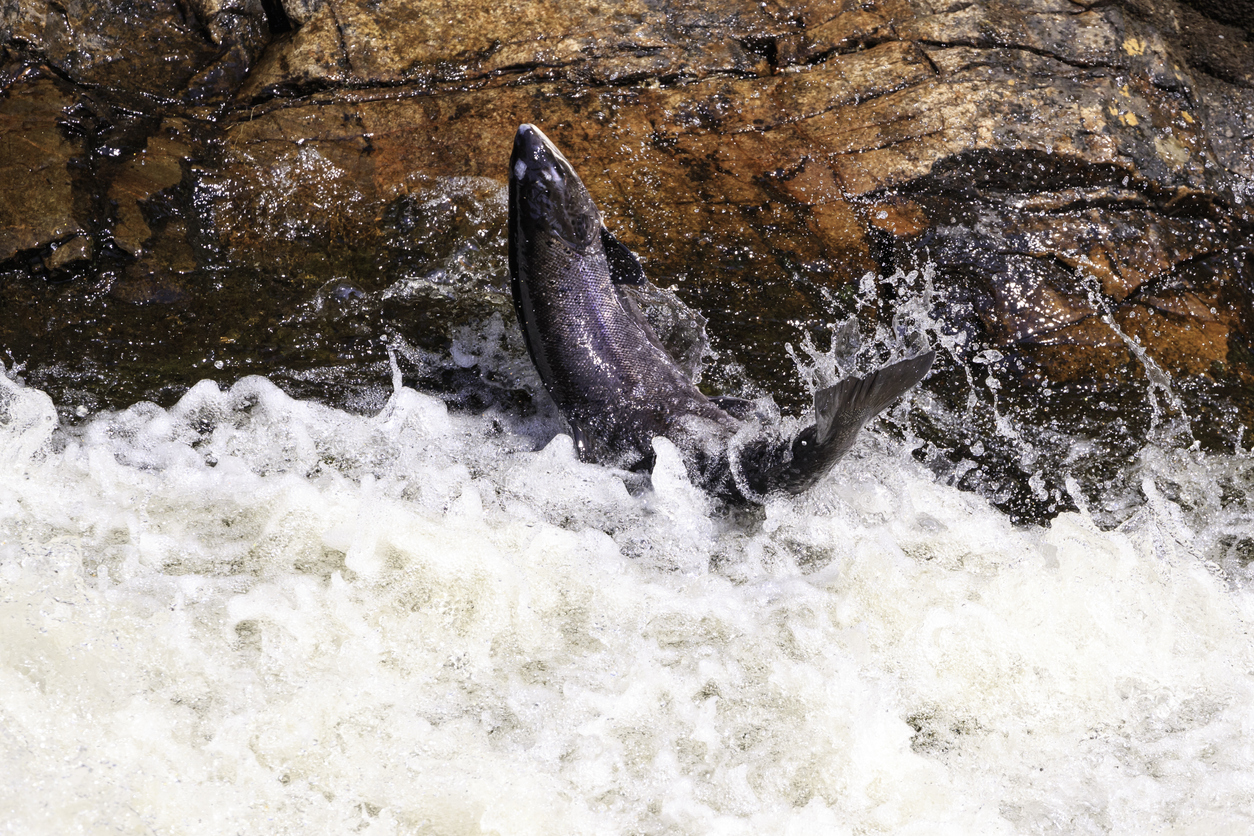
Vibrant Atlantic salmon stocks are now absent from Ireland's rivers. This is also the case in Scotland where late summer and autumn fish have all but disappeared.
It describes the Irish governments "overall objective of fisheries management is for all stocks to meet and exceed biologically based Conservation Limits with only the surplus above the Conservation Limits being available for harvest".
This contrasts with many other jurisdictions, such as Scotland and Norway whose IPs lay out their objectives in a more granular way and emphasise the importance of maintaining biodiversity in the species.
This might not be of the utmost importance if Inland Fisheries Ireland had a clearly articulated analysis of the current state of salmon stocks, their likely progression and the policy initiatives needed to address the situation. They do not.
To a great extent this is due to the fragmented approach of the Irish government to the maintenance of biodiversity generally. Responsibility for managing the factors influencing the scale and genetic diversity of the Irish salmon range across a wide spectrum of government departments and agencies, with the organisation with primary responsibility for the welfare of the species, IFI, having little influence over the behaviour of these departments and agencies.
MissionPartners
Salmon Watch Ireland is a delegate to NASCO and a member of the Pure Salmon Campaign

North Atlantic Salmon Conservation Organisation

Pure Salmon Campaign







